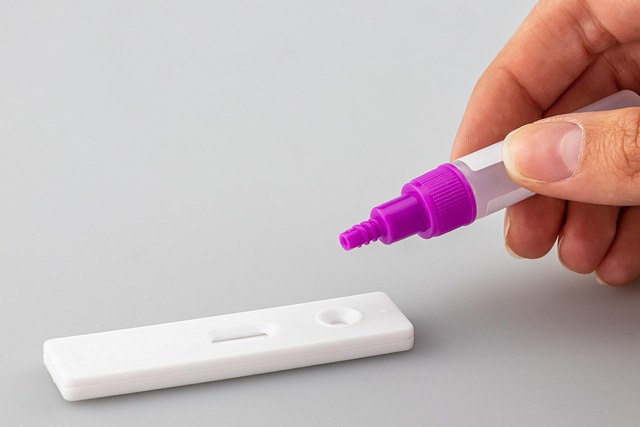Lead contamination in Texas (TX) soil, stemming from historical industrial activities and common past uses like paint and gasoline, poses a significant environmental risk, especially to children's health. Testing involves sampling, sample preparation, and advanced analytical techniques like AAS and ICP-MS. To mitigate risks, TX residents should conduct regular testing, prioritize child-play areas and food gardens for remediation, and implement solutions such as soil removal or amendment. Community education and monitoring are crucial for creating safer outdoor spaces in TX.
In Texas, lead contamination in soil remains a significant environmental concern, especially in areas with historical industrial activities. This article delves into understanding the sources and impacts of lead pollution, providing insights on effective testing methods using various equipment. We explore how to interpret test results to ensure safe gardens and communities, highlighting best practices tailored for Texas. By empowering homeowners and community leaders with knowledge, we aim to foster a healthier environment across the state.
- Understanding Lead Contamination in Soil: Sources and Impacts
- The Process of Lead Testing: Methods and Equipment
- Ensuring Safe Gardens and Communities: Interpretation of Results and Next Steps in TX
Understanding Lead Contamination in Soil: Sources and Impacts

Lead contamination in soil is a significant environmental concern, especially in urban areas and regions with historical industrial activities. In Texas, lead was commonly used in past decades for various purposes, including paint, gasoline, and certain industrial processes. Over time, these sources have contributed to lead leaching into the soil, posing potential risks to human health and ecosystems.
Soil contamination with lead can arise from multiple sources, such as deteriorated lead-based paint on buildings, abandoned cars, and past mining operations. These contaminants can deeply penetrate the soil profile, especially in areas with poor drainage or where lead-tainted water has been used for irrigation. The impact of lead exposure varies based on age and health status, with children being particularly vulnerable to neurological damage and developmental issues. TX residents are advised to conduct regular testing and take appropriate measures to mitigate lead contamination risks, ensuring safer living environments and protecting public health.
The Process of Lead Testing: Methods and Equipment

The process of lead testing involves several methods and equipment tailored to accurately detect and quantify lead contamination in soil. Initial steps include sampling, where cores are extracted from suspected contaminated areas using tools like hand trowels or drill rigs. These samples are then prepared for analysis, often involving crushing and sieving to ensure homogeneity.
For lead detection, a range of techniques is employed, including atomic absorption spectroscopy (AAS) and inductively coupled plasma mass spectrometry (ICP-MS). AAS measures the absorption of light by lead atoms, while ICP-MS uses a plasma to ionize lead for precise measurement. Specialized equipment such as XRF analyzers can also be used for quick, on-site screening in TX, providing valuable data for informed decision-making regarding soil contamination management.
Ensuring Safe Gardens and Communities: Interpretation of Results and Next Steps in TX

In Texas (TX), ensuring safe gardens and communities involves understanding and acting upon the results of soil contamination checks. When testing reveals lead contamination, it’s crucial to take immediate steps to mitigate risks. Interpretation of results should include a comprehensive evaluation of the extent of contamination, with special consideration for areas where children play and food is grown.
Next steps involve implementing strategies like soil removal, replacement, or amending to reduce lead levels. Community education on safe gardening practices and regular monitoring are also essential in TX. By adhering to these guidelines, residents can create healthier outdoor spaces while fostering a sense of community awareness about environmental safety.
In light of the above discussions on lead testing and soil contamination, it’s clear that understanding and mitigating lead levels in Texas (TX) are crucial for fostering safe and healthy communities. By utilizing appropriate methods and equipment, as outlined in this article, residents and professionals can effectively navigate lead contamination issues. Interpreting test results is a vital step towards ensuring gardens and neighborhoods are free from harmful lead residues, leading to better public health and environmental sustainability in TX.
